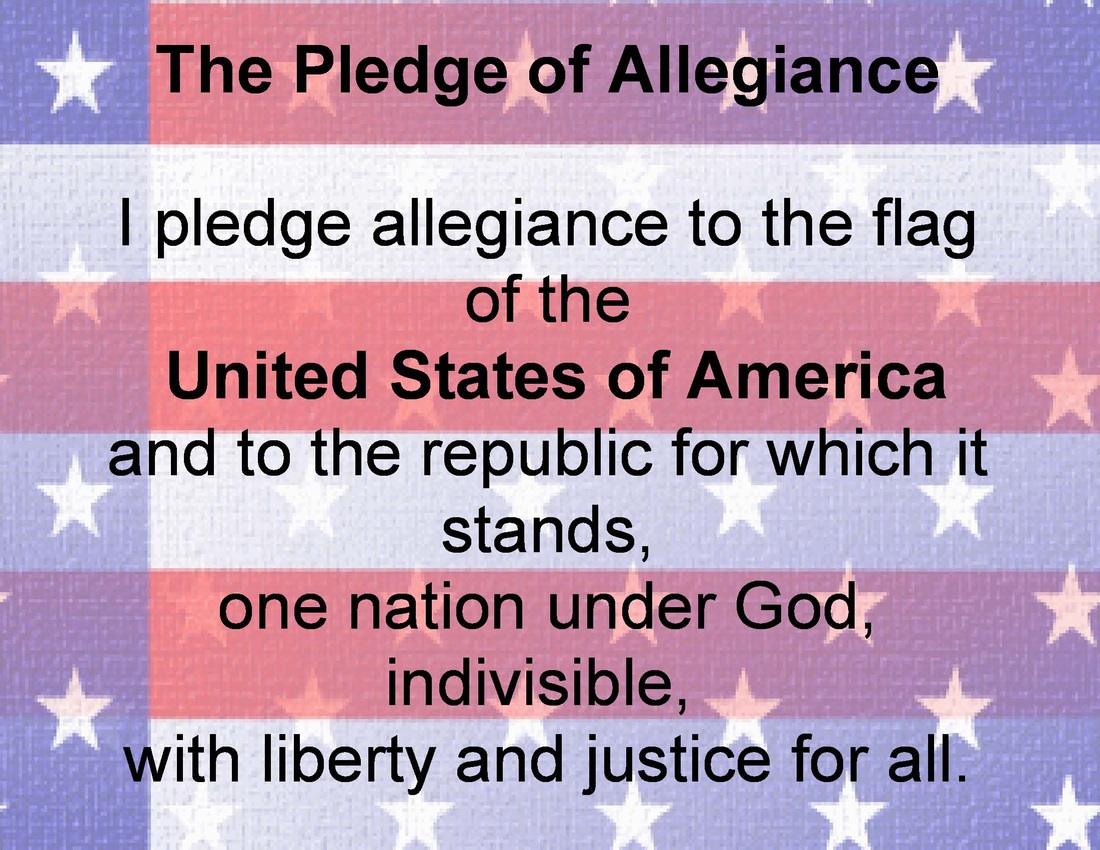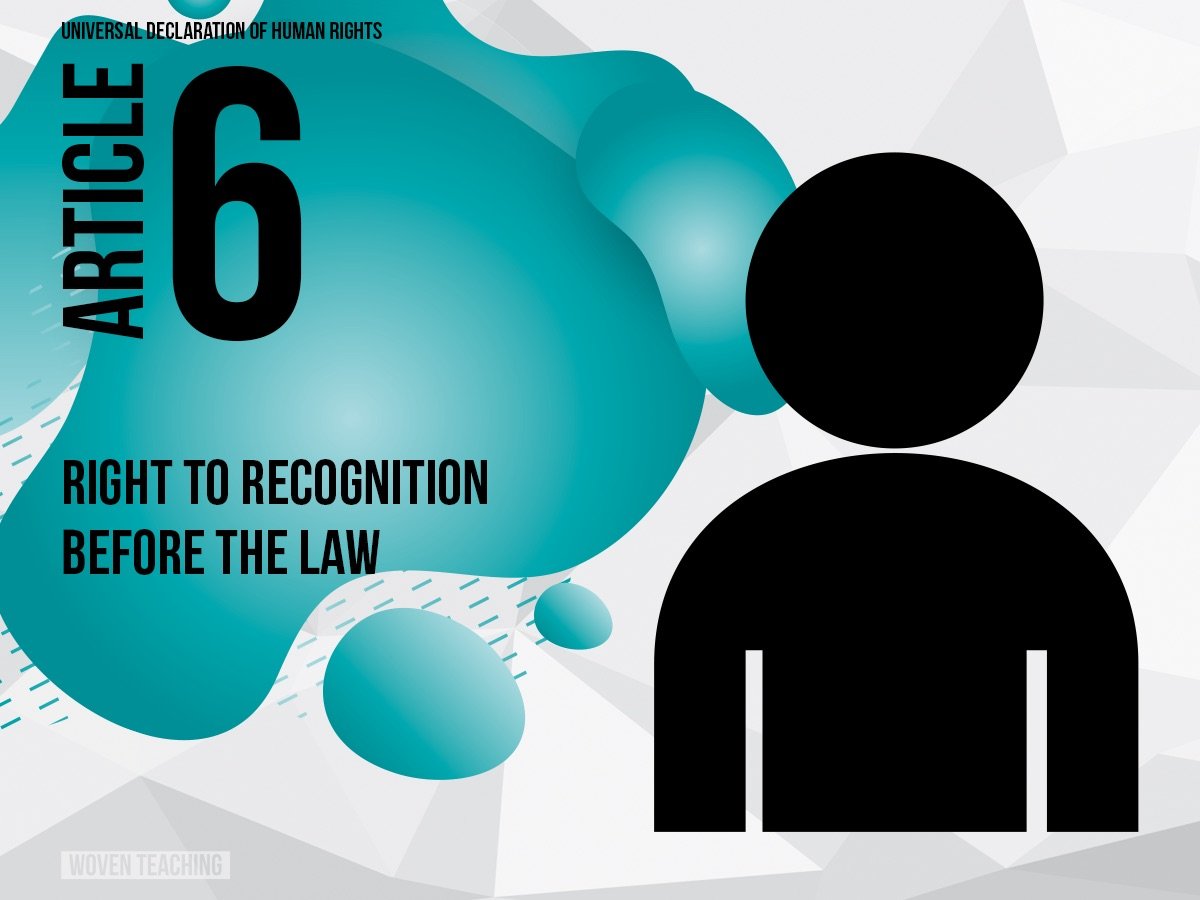What Is Article 6 Called? Unpacking Its Role In Global Climate Action Today
Have you ever stumbled upon a reference to "Article 6" and felt a little puzzled, wondering just what in the world it means? It's a rather common thing, you know, because "Article 6" can actually refer to quite a few different things depending on the conversation. But, in today's world, when folks ask "What is Article 6 called?", they're very, very often talking about a really important part of global efforts to tackle climate change.
This particular "Article 6" is a key piece of the Paris Agreement, a big international deal where countries around the globe decided to work together on climate action. It's a pretty complex bit of text, so, it's almost natural for people to feel a bit lost when they first hear about it. Understanding it can really help you get a better grip on how countries are trying to lower emissions and protect our planet, and that, is that.
So, we're going to clear up the mystery and show you exactly what Article 6 of the Paris Agreement is all about. We'll explore why it matters so much, what it tries to do, and even touch on some of the challenges it faces. It's like finding the perfect piece of furniture for your home – once you know what you're looking for, great style couldn't be easier, and knowing about this article is sort of similar for understanding climate policy, you know?
Table of Contents
- Understanding Article 6: More Than Just a Number
- The Three Flavors of Article 6: How Countries Work Together
- The Challenges and the Path Forward
- Frequently Asked Questions About Article 6
Understanding Article 6: More Than Just a Number
When you hear "Article 6" in conversations about global agreements, especially those dealing with environmental matters or human rights, it usually refers to a specific section within a larger document. Just like a stylish, modern sectional sofa has different parts that come together to make a whole, international treaties are broken down into articles, each covering a particular aspect. So, when people ask "What is Article 6 called?", they're usually looking for the context of that specific article, like, what treaty or agreement is it a part of?
The Paris Agreement Connection
For most folks today, the "Article 6" that gets talked about the most is the one found in the Paris Agreement. This agreement, signed in 2015, is a really important international treaty on climate change. It brings almost every country in the world together to work towards keeping global warming well below 2 degrees Celsius, and ideally, to limit it even further to 1.5 degrees Celsius above pre-industrial levels. Article 6 within this agreement is all about how countries can cooperate with each other to reach their climate goals, which are called Nationally Determined Contributions, or NDCs, you know?
This particular article provides a framework for countries to voluntarily cooperate in achieving their climate targets. It's a pretty clever way to think about it, allowing for more flexible and potentially cost-effective ways to cut down on greenhouse gas emissions globally. It's a bit like picking a mid-century modern dining table that works for your dining space; you want something that fits and helps everyone come together, and Article 6 aims to do that for climate efforts, more or less.
Why Article 6 is a Big Deal
So, why is this Article 6 such a hot topic, you might wonder? Well, it's because it opens the door for countries to use market-based and non-market approaches to reduce emissions. This means that one country could, for instance, invest in a project in another country that cuts down on carbon pollution, and then count those reductions towards its own climate targets. It's a way to potentially speed up climate action and make it more affordable for everyone, which is actually a pretty big deal.
Without Article 6, it would be much harder for countries to trade or transfer these emission reductions, which could slow down global efforts. It's a bit like trying to shop for high-quality furniture at incredible prices for your dining, living, and bedroom without any good sales or discounts; you could do it, but it would be much tougher and more expensive. Article 6 tries to make the whole process smoother, so, in some respects, it's about efficiency in climate action.
The Three Flavors of Article 6: How Countries Work Together
Article 6 of the Paris Agreement isn't just one simple thing; it's actually broken down into three main parts, each with its own purpose. Think of it like a modern furniture collection that offers daybeds, armless sofas, and even cool legless pieces – they all serve a similar goal of comfort and style, but they do it in slightly different ways. These three parts are known as Article 6.2, Article 6.4, and Article 6.8, and they basically outline different ways countries can cooperate.
Cooperative Approaches (Article 6.2)
Article 6.2 deals with what are called "cooperative approaches." This part allows countries to voluntarily trade emission reductions, or "internationally transferred mitigation outcomes" (ITMOs), directly with each other. It's a bit like two neighbors helping each other out with their gardens; one might have extra compost, and the other might have extra seeds, and they trade to make both gardens better. In this case, countries that reduce emissions beyond their own goals can sell those extra reductions to countries that need a little help meeting theirs, you know?
The rules for this section are designed to make sure that these transfers are real, verifiable, and don't get counted twice – a problem known as "double counting." This part is fairly flexible, allowing countries to set up their own bilateral or multilateral agreements. It's a really important aspect because it encourages more ambition and helps spread the best ways to cut down on pollution across borders, actually.
The International Carbon Market (Article 6.4)
Then there's Article 6.4, which sets up a new international carbon market mechanism. This is a bit more centralized than 6.2, creating a global system where emission reduction projects can be developed and their outcomes traded. It's somewhat similar to the old Clean Development Mechanism under the Kyoto Protocol, but with new rules designed to be even stronger and fairer. This mechanism aims to generate "certified emission reductions" from projects that reduce or remove greenhouse gases from the atmosphere, like, say, building a wind farm instead of a coal plant, or planting lots of trees, you know?
The idea here is to create a global market that drives investment into climate-friendly projects, especially in developing countries, and ensures that these reductions are truly additional – meaning they wouldn't have happened without the market incentive. This part is really about making sure there's a clear, regulated way for projects to get credit for their emission cuts, and for those credits to be used by other countries to meet their NDCs. It's a rather structured way to foster global climate action, you see.
Non-Market Approaches (Article 6.8)
Finally, Article 6.8 covers "non-market approaches." This part acknowledges that not all cooperation needs to involve buying and selling emission reductions. It provides a framework for countries to work together on climate action through things like technology transfer, capacity building, and financial support, without directly trading carbon credits. It's about sharing knowledge, skills, and resources to help everyone achieve their climate goals, you know?
This could involve joint research programs, sharing best practices for sustainable agriculture, or helping a country develop its renewable energy infrastructure. It's a very important recognition that climate action isn't just about carbon accounting; it's also about building stronger, more resilient societies that can better handle the effects of climate change. This aspect of Article 6 is about fostering collaboration in a broader sense, sort of like how Article offers stylish, contemporary, mid-century, and modern furniture from world-renowned designers at accessible prices, making great style easier for everyone.
The Challenges and the Path Forward
Even though Article 6 is a really promising part of the Paris Agreement, getting it to work smoothly has been quite a challenge. It took several years of intense negotiations after the Paris Agreement was signed to finally agree on the detailed rulebook for Article 6 at COP26 in Glasgow in 2021, and some aspects are still being worked out. It's a bit like trying to decide on the perfect arrangement for Article's modern sectional sofas; there are many options, and getting everything just right takes time and discussion, you know?
Building Trust and Avoiding Double Counting
One of the biggest hurdles has been making sure that any emission reductions transferred between countries are genuinely additional and are only counted once. This "double counting" issue is a pretty serious concern because if reductions are counted by both the country that generated them and the country that bought them, it would undermine the integrity of the entire system and make it seem like more progress is being made than actually is. So, rules for tracking and reporting these transfers are incredibly strict, which is actually a good thing.
Another challenge involves ensuring that these market mechanisms don't lead to "greenwashing" or projects that don't truly benefit the climate. There's a lot of focus on environmental integrity, making sure that projects are sustainable and contribute to overall global emission reductions. It's about making sure that when you shop for mid-century and modern outdoor patio furniture, you're getting something that truly brings effortless style home with beautiful contemporary furniture, and not just something that looks good but falls apart, you know?
Current Status and Ongoing Discussions
As of late 2023, the rules for Article 6 are largely in place, but countries are still working on some of the finer points. For instance, discussions at recent climate conferences, like COP28 in Dubai, have continued to refine the operational aspects of the Article 6.4 mechanism and how it connects with the NDCs of various countries. It's a constantly evolving area, with new guidance and decisions being made to ensure fairness and effectiveness, you know? Just like circular tables are great for small spaces but tend to float when centered in long, rectangular rooms, the rules need to be adaptable and clear for different situations.
Many countries are now exploring how to use Article 6 to help them meet their updated climate goals. This includes developing national systems for tracking ITMOs and setting up frameworks for participating in the Article 6.4 mechanism. It's a really dynamic space, and its successful implementation could play a big part in how quickly and effectively the world tackles climate change. Learn more about climate action on our site, and perhaps you'll find inspiration to bring effortless style home with beautiful contemporary furniture by exploring our latest collections.
Frequently Asked Questions About Article 6
Here are some common questions people often ask about Article 6:
What is the main goal of Article 6 of the Paris Agreement?
Basically, the main goal of Article 6 is to help countries cooperate more effectively to achieve their climate targets, or NDCs, in a way that is both efficient and helps raise overall global ambition to cut down on greenhouse gas emissions. It's about creating flexible ways for countries to work together, whether through trading emission reductions or sharing knowledge and technology, you know?
How does Article 6 prevent double counting of emission reductions?
Article 6 includes specific rules and guidelines, often called "corresponding adjustments," that are designed to prevent double counting. This means that when an emission reduction is transferred from one country to another, the transferring country must adjust its own emissions accounting to show that it no longer claims that reduction, and the receiving country then adds it to its own accounting. It's a rather strict system to maintain integrity, actually.
Can Article 6 really speed up climate action?
Yes, many experts believe Article 6 has the potential to significantly speed up climate action. By creating mechanisms for cooperation and carbon markets, it can lower the cost of emission reductions, making it easier and more attractive for countries to invest in climate projects, especially in places where reductions are cheaper to achieve. This could lead to more overall emission cuts globally than if each country just worked on its own, you know? It's a pretty powerful tool, if used well.

Article 6 - Aptinfo.in

Article 6 - Constitution 4 Kids

Universal Declaration of Human Rights: Article 6 — Woven Teaching